World Photography Day: Phones from 90s to 2021 that changed the Camera Game!!!
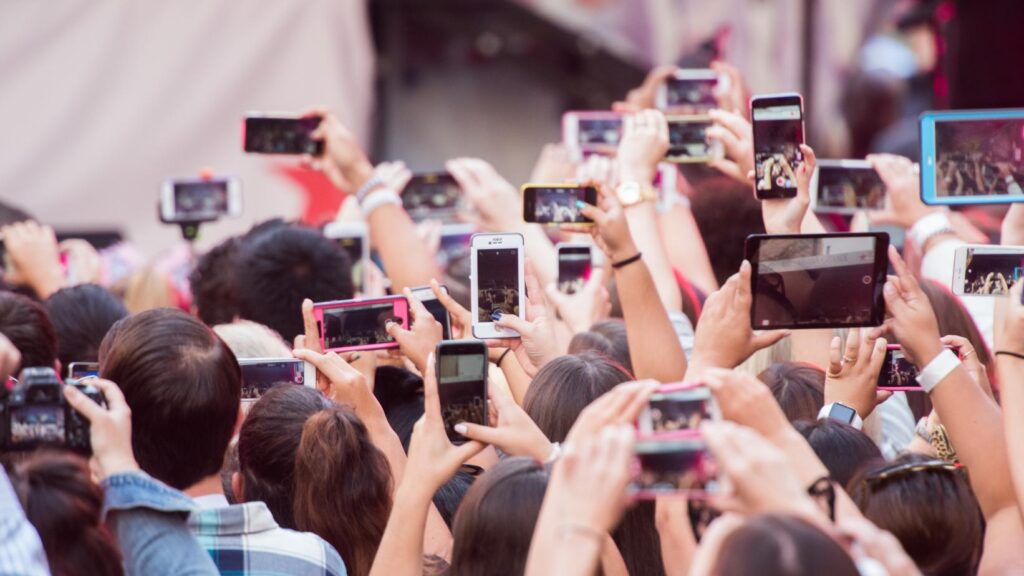
Smartphone cameras have improved greatly over time and some brands have started to claim D-SLR-like image quality in new flagship phones. A decade back, World photography day was mostly about honouring high-end professional cameras and photographers. However, this World photography day, we cannot ignore how smartphone cameras have enabled everyone to click great photos without having much technical expertise. Not to forget, smartphones have become a livelihood for many as they make videos and content for platforms such as YouTube, Instagram, TikTok and others. Here’s remembering the mobile phones that have changed the camera game for the world over three decades.
Kyocera VP-210: First phone to come with camera
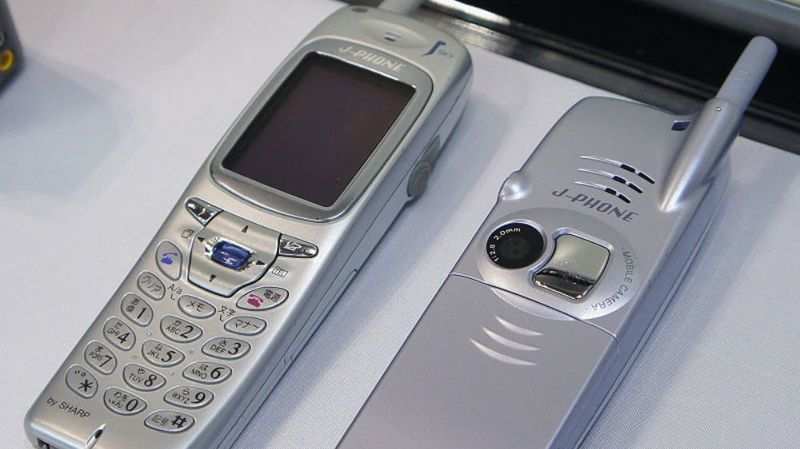
This idea of a phone camera started with the Kyocera VP-210. Launched in 1999, it is the world’s first camera phone. The phone packed a 0.11MP sensor and it was capable of capturing up to 20 pictures.
Audiovox PM8920: Started the ‘megapixel concept’ in phones
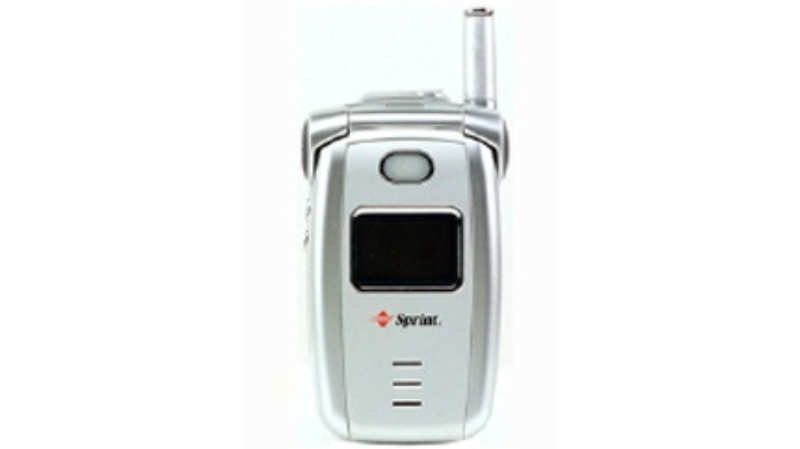
Audiovox PM8920 was the first phone to feature a megapixel-resolution camera. It basically pioneered the idea of megapixels in phones. The phones came with a 1.3MP sensor with an LED flash and macro mode. The phone was launched back in 2004.
Nokia N90: Made video recording mainstream in phones
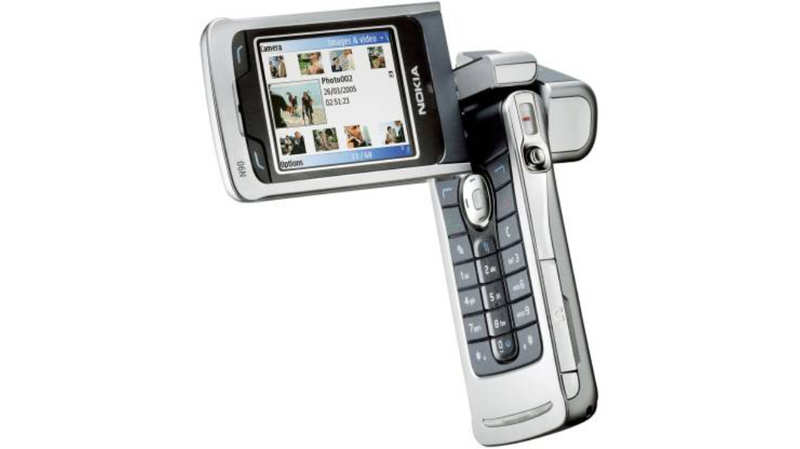
Nokia N90’s rotatable display design that made this phone transform into a camcorder made video recording easier for users and also conceptualized the idea of serious video recording feature on phones. It came with a 2MP Carl Ziess lens and was capable of recording video with audio.
Sony Ericsson cybershot K800i: Pioneered the high-res camera concept with modern features like auto-focus, image stabilisation and more
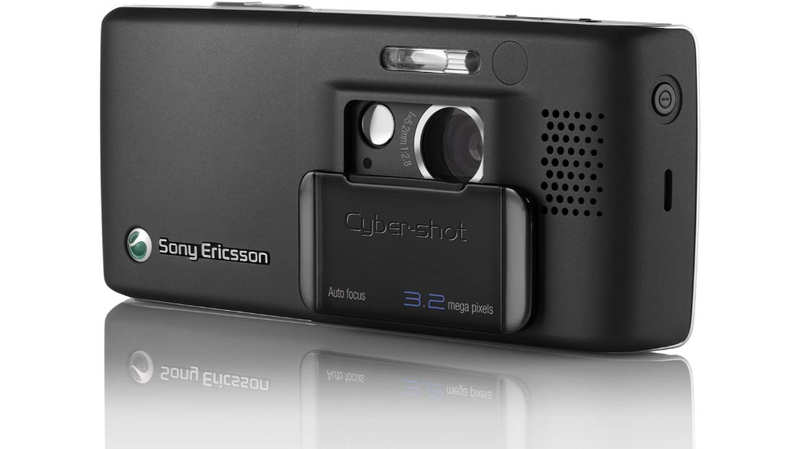
Sony Ericsson’s cyber shot series was among the most renowned camera phones back in the 1990s. There have been many cyber shot phones, but the K800i brought the high-res camera along with features like auto-focus, image stabilisation and more which are still relevant with modern smartphone cameras.
Nokia N95: The first 5MP camera phone
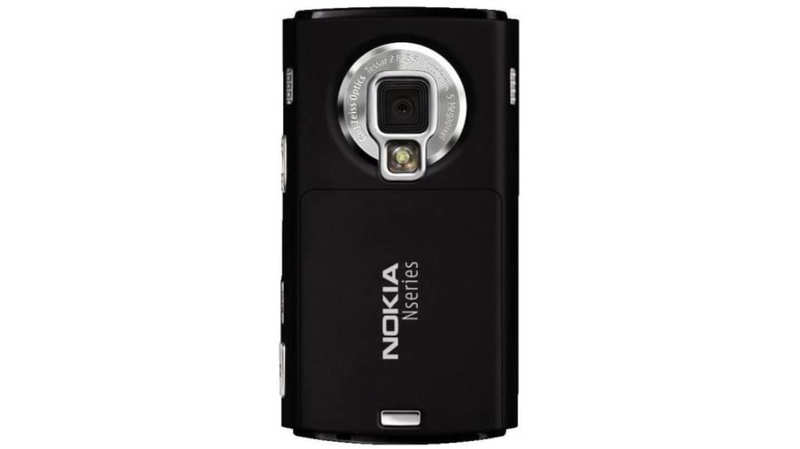
Launched in 2007, the dual side slider Nokia N95 can easily be considered as the most advanced camera phone of that time. The phone has everything from a high-resolution 5MP sensor, auto focus, video recording capabilities and it also came with a composite cable to view them on TV.
Samsung i8510, Samsung Pixon 12, Nokia N8 and Sony Ericsson S006: The megapixel race started with these phones
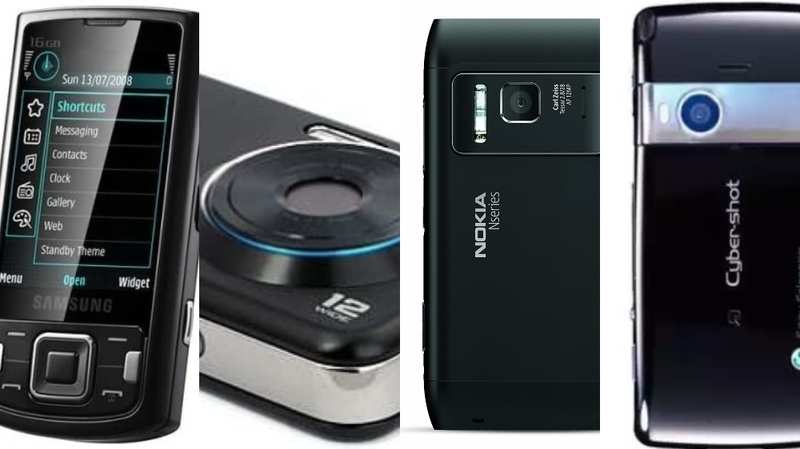
The Samsung i8510 came with an 8MP sensor, the Samsung Pixon 12 featured a 12MP sensor, Nokia N8 was also a 12MP phone and Sony Ericsson S006 was a 16MP phone. These phones actually brought the megapixel race to limelight which is still continuing.
LG Optimus 3D and HTC Evo 3D: Pioneered the idea of multiple camera sensors, though didn’t find too many followers then
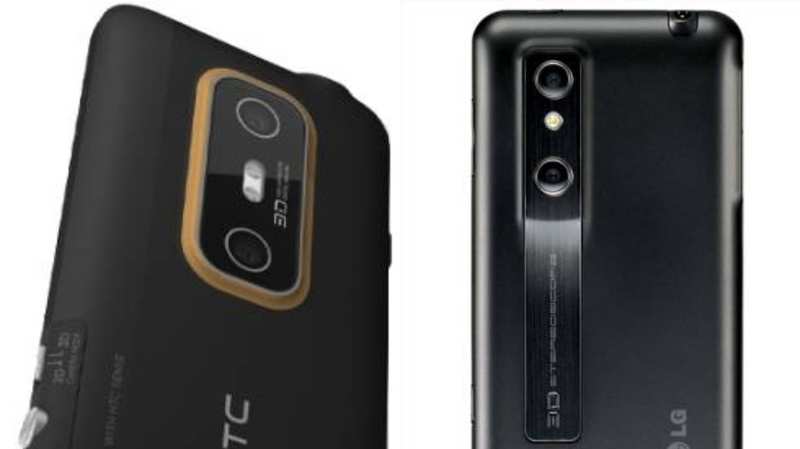
The first implementation of dual camera setup wasn’t actually for it’s dual camera capabilities that we know today. Actually LG and HTC added a secondary camera to record 3D videos that one upon a time was quite popular. But, these phones weren’t that successful among masses, but they actually conceptualised the idea of dual camera sensors on a phone.
HTC One M8: brought a functional dual camera setup with features like bokeh effect, 3D, depth of field and more
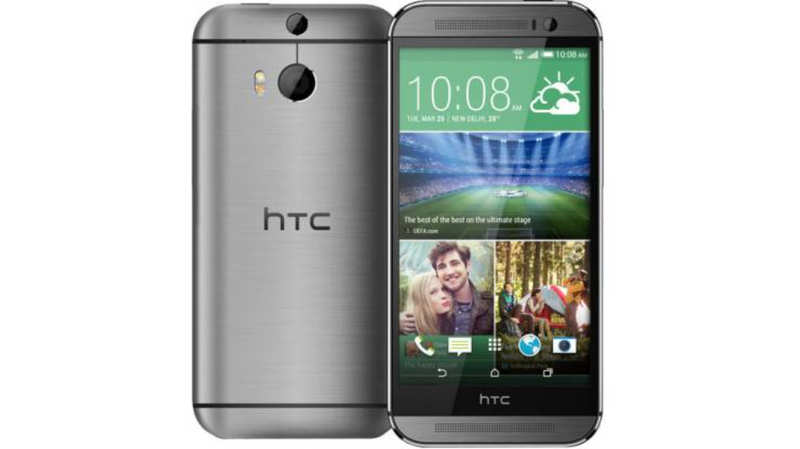
A few years later after the HTC Evo 3D, HTC actually implemented the dual cameras on HTC One M8 which enabled the company to offer features like bokeh effect, added depth of field and extra details. The phone features a 4MP ultra pixel sensor and a depth sensor that we still see on almost every smartphone today.
Nokia 808 Pureview: First phone with a massive 41MP sensor and to use pixel binning technology
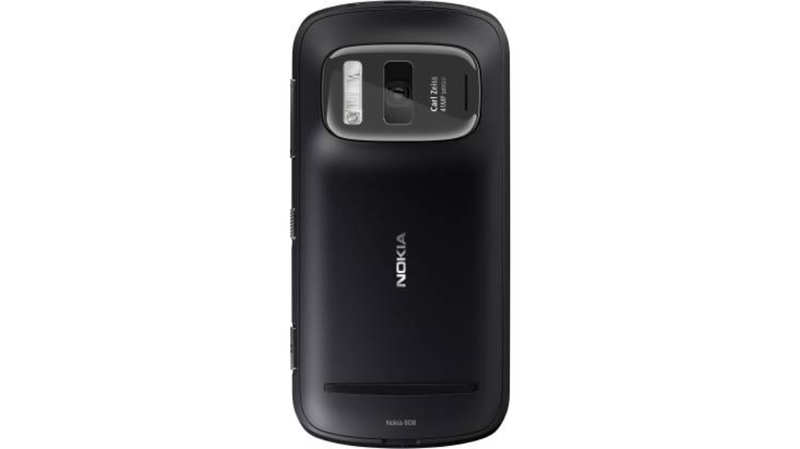
The megapixel race continued and the Nokia 808 Pureview was the simple example of that. However, Nokia implemented a full-fledge 41MP sensor on a smartphone with support for lossless zoom and that extra level of RAW details to the smartphone. This was also the phone to introduce the concept of pixel binned photos from a high-resolution sensor.
Samsung Galaxy Zoom: First mainstream smartphone with 21x zoom lens
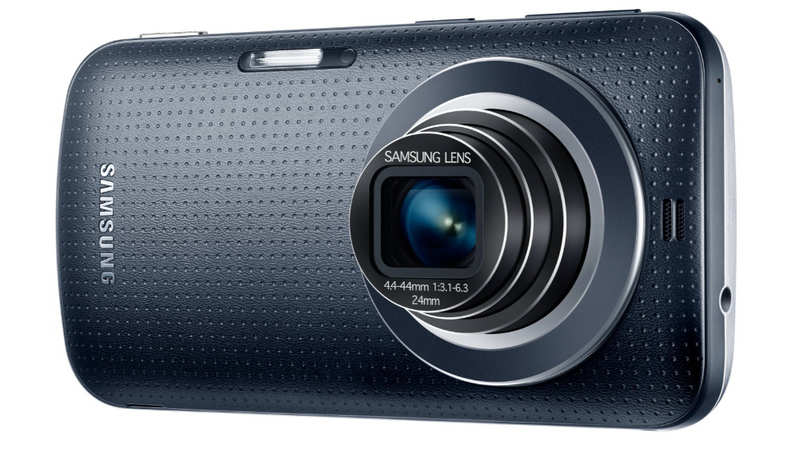
Launched in 2012, Samsung Galaxy S4 Zoom was the first smartphone to sport optical zoom rear camera. The smartphone also features a 21x optical zoom lens with 16MP BSI CMOS sensor.
LG KU990 Viewty: This phone introduced slow-motion recording to the world in 2007
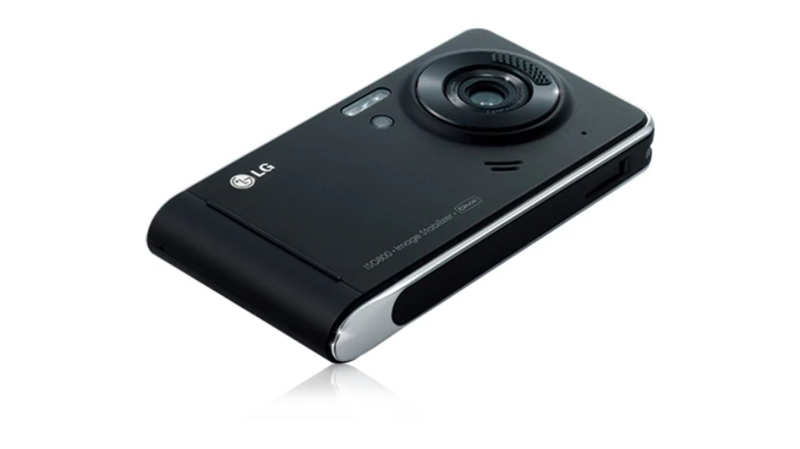
While the iPhone was still fresh, LG introduced the KU990 Viewty with slow-motion video recording feature and was capable of shooting 120fps footage using its 5MP sensor.
Apple iPhone 7 Plus: The phone that made portrait mode popular
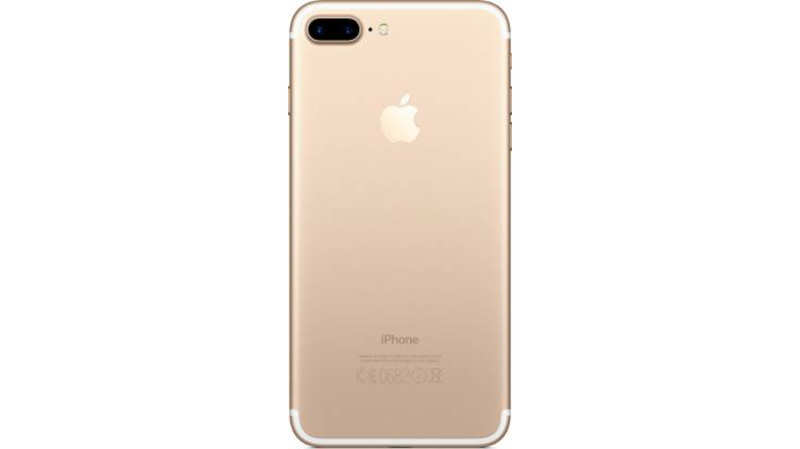
There’s a concept, people don’t notice a feature until iPhone does it and something similar has happened with the portrait mode. The ability to add bokeh effect on a photo was introduced with the HTC One M8, but the iPhone 7 made it simpler and real-time as we know it today. It is a popular feature on smartphones today and most people use it.
Huawei P30 Pro: Introduces 50x zoom
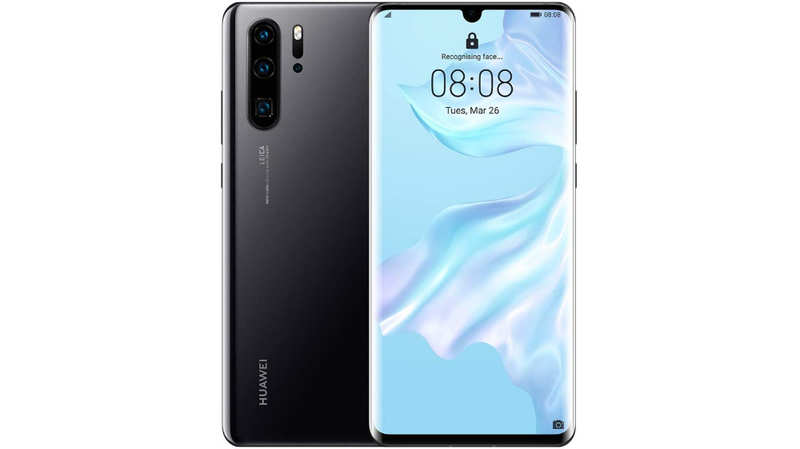
Huawei P30 Pro was the first smartphone to offer 50x zoom capability.
Vivo X50 Pro: First phone to come with gimbal camera
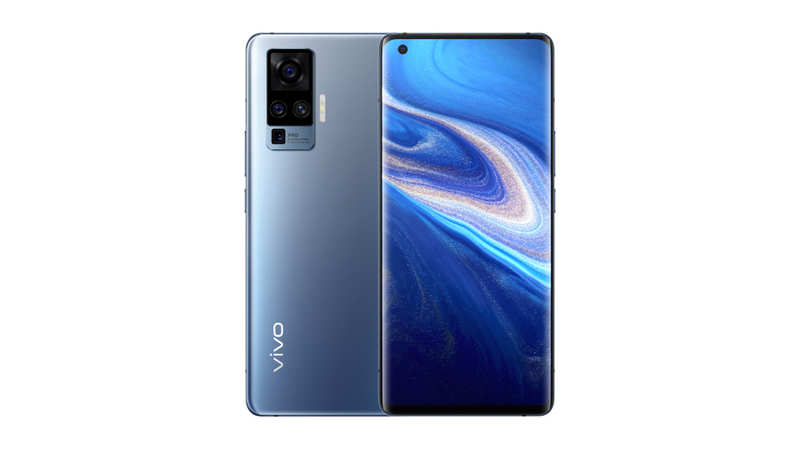
Vivo also has a couple of firsts in smartphone cameras, the company after added a gimbal-like image stabilisation technology into a smartphone. This allowed users to shoot super stable video footage and also helped improve the video quality of the smartphone by a good margin.
Vivo Nex: First popup camera phone
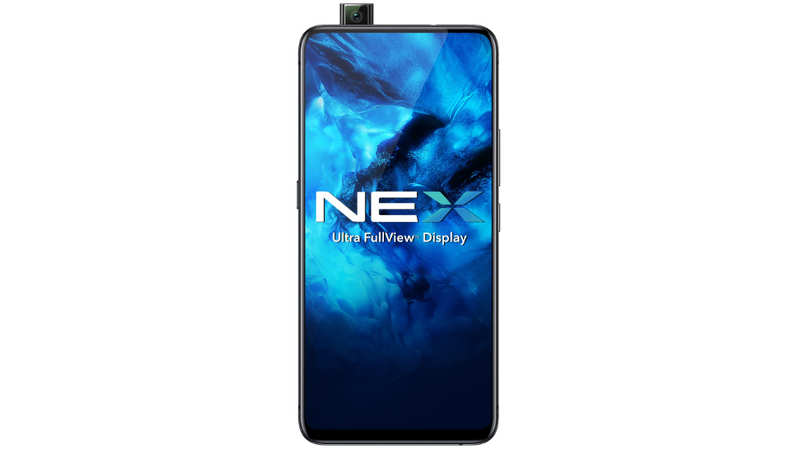
Vivo was the first phone to bring the popup camera idea to the mass market. The technology was later adopted by several other brands to maximise screen-to-body ratio in the smartphones and offer more screen estate.
Apple iPhone 12 Pro/12 Pro Max: Brings LiDAR sensor to phones
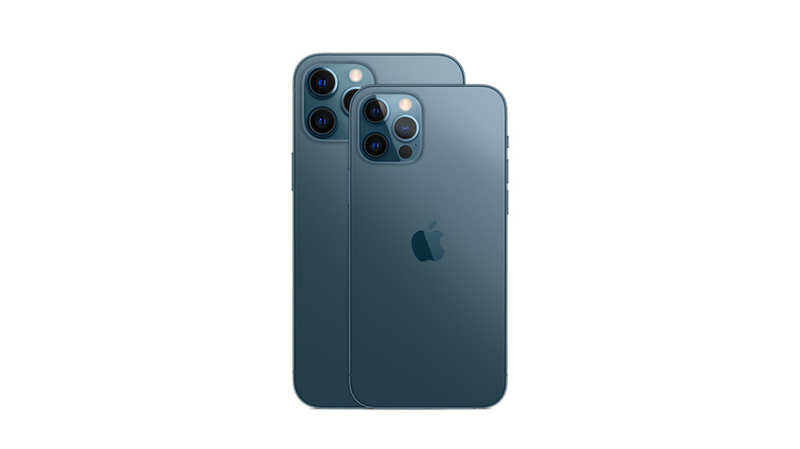
Apple introduced LiDAR sensor with iPhone 12 Pro/iPhone 12 Pro Max. This is the first time that a company has implemented this feature on a smartphone. The LiDAR sensor helps in capturing better low light photos by offering around six times faster focusing speed in low light and measuring depth faster than a regular time of light sensor used in other smartphones.
ZTE Axon 20: Introduced under-display selfie shooter
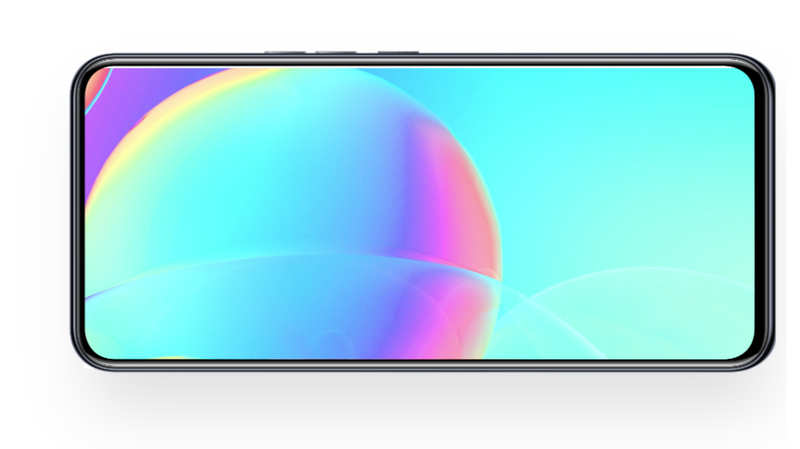
Just like popup selfie camera sensors, the under-display selfie cameras are also a path to build an edge-to-edge display smartphone with no notch, no cutouts or bezels. This technology hides the front camera in plain sight right under the display and that’s what makes it a significant and most notable development in front camera history. ZTE in Axon 20 was the first phone to do it and now the tech can be seen on smartphones like the recently launched Samsung Galaxy Z Flip 3. Oppo and Xiaomi are also expected to launch their smartphones with an under-display camera.
Google Pixel: introduced Night Mode, still offers one of the best
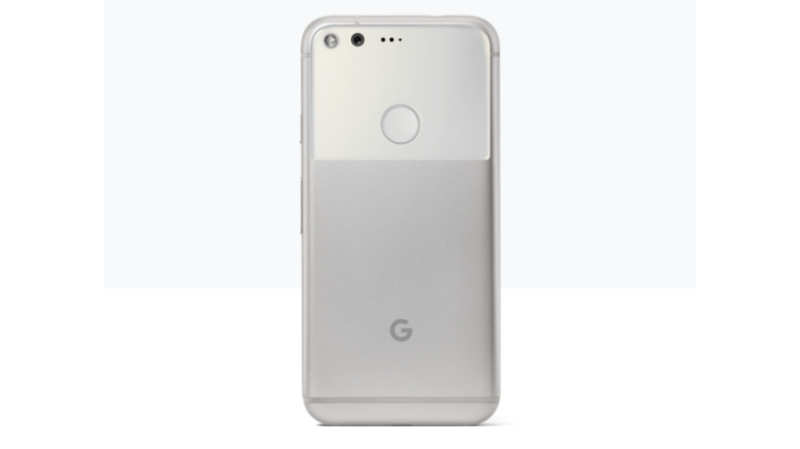
The iconic camera phone list is incomplete without Google Pixel as the smartphone pioneered the AI and machine learning based image processing especially with Night mode and portrait mode. The night mode in Google Pixel phones are among the best in the market and the phone actually.
Samsung Galaxy S20 Ultra: First 108MP sensor and 100x zoom smartphone
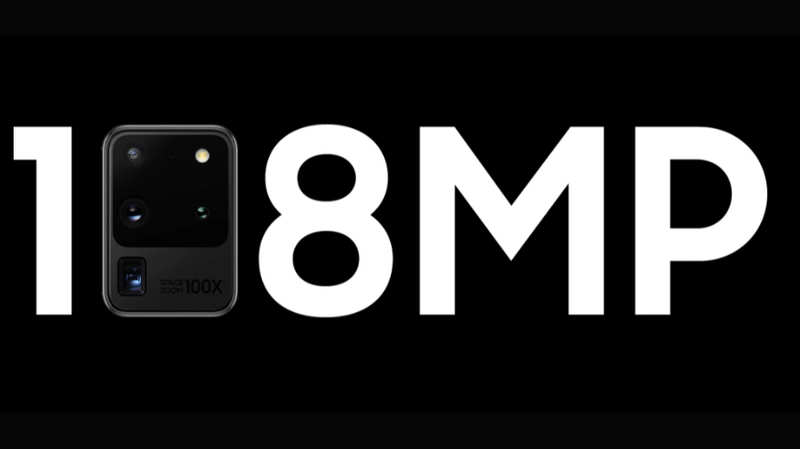
Samsung launched its Galaxy S20 Ultra with 108MP sensor and 100x zoom support. The 108MP sensor is capable of capturing high-resolution photos with plenty of details and slowly the technology started appearing on more mainstream phones like Realme 8 Pro, Redmi Note 10 Pro Max and some Motorola phones.
[Do like our FACEBOOK page, share your views and opinions on TWITTER. You can also follow us on INSTAGRAM and do join our WHATSAPP group for latest updates.]





